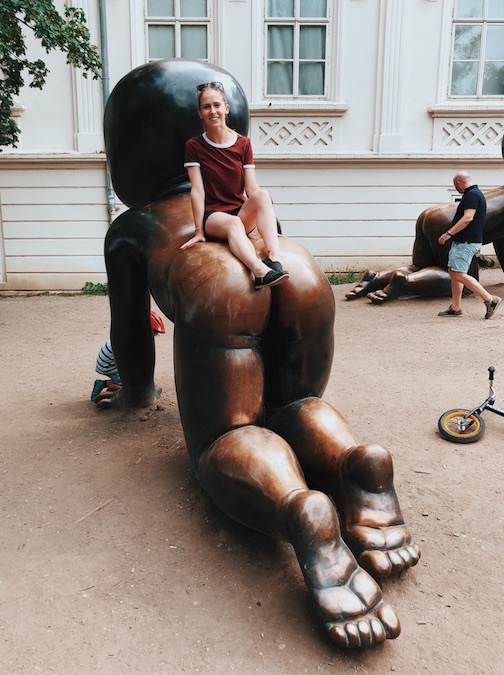Week 3: Judges on Facebook
This past week, CEELI hosted a meeting for a group of representatives from the Balkan Region who develop and support programs to confront radical and extremist groups and support youth who are impacted by those groups. Several participates included European Union country official representatives. It was very interesting to hear about the challenges they face in trying to prevent extremist groups from impact their countries and citizens, particularly their youth. There was a lot of dialogue about how to better support the educational systems and teachers who have such a high impact and direct contact with children and youth in the region. There was also a lot of discuss about what to do with children and youth who have been engaged in extremist activity. Many countries do little to treat juveniles differently from adult criminals and prisoners. The rise in extremist activity has raised greater awareness of a need to reform the juvenile system and find ways to support youth who have been manipulated by extremist groups. There is more recognition that what these children have been taught isn’t their fault, and instead of allowing children to serve huge prison sentences, the government should be provided resources for rehabilitation. It’s not terribly different from some of the reform movements that are discussed in the United States, in terms of rethinking youth justice to include greater access to mental health service and family therapy, educational opportunities and positive youth development programs.
In addition to the meeting, I was also assigned a new research assignment, taking a break from the adjudication of terrorism case guidance I’ve been working on. The Executive Director of CEELI, Chris Lehmann, returned from a trip involving a conference with young judges in the Central and Eastern European region. One of the topics brought up was the use of social media among judges. In this area, people might become judges in their mid-20s, so the use of social media is particular prevalent. However, the concern wasn’t limited to the young judges. Chris discussed how social media has become a topic of conversation with more senior judges as well, who use it as a tool to communicate with their children and grandchildren. My task is to look into what kind of guidance or policies are available for judges about their social media use.
The issues social media might raise in judicial proceedings were more extensive than I had considered. I think about how politicians have used social media in inappropriate ways, but had not considered its impact in the judiciary. Particularly in the U.S., where there are lots of ethical obligations and rules for judges and lawyers, social media may compromise a judge who is not careful about what they post. Fortunately, this is not a brand-new topic and there are lots of resources online that offer guidance for social media usage for judges. Most state bar associations have some kind of guidance, as well as the ABA and academic sources. The wealth of material on this subject makes it simpler to create a guide that might be useful for judges in Europe as well.
Other important things going on this week are preparations for the Annual Meeting the weekend of June 22-24. Legal professionals for all over will be in attendance. With that comes the need to make accommodations, plan professional and social events, and make sure materials like an annual report and internal board report are edited and ready.
Finally, this weekend I spent some time exploring more of Prague. I went over to Kampa Island, which includes the Museum Kampa, a museum dedicated to modern European art, the Lennon Wall, and David Černý’s giant Babies, which are also found on the Žižkov Television Tower.

